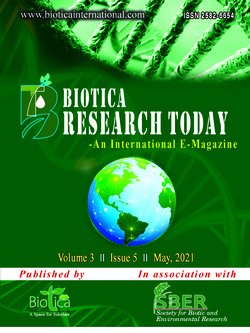
Accelerated Recharge Techniques
G. Thiyagarajan*
Water Technology Centre, Tamil Nadu Agricultural University, Coimbatore, Tamil Nadu (641 003), India
A. Raviraj
Dept. of Irrigation and Drainage Engineering, AEC&RI, Tamil Nadu Agricultural University, Kumulur, Tamil Nadu (621 712), India
S. Panneerselvam
Water Technology Centre, Tamil Nadu Agricultural University, Coimbatore, Tamil Nadu (641 003), India
DOI: NIL
Keywords: Abandoned well recharge, Percolation Pond, Recharge borewell, Recharge shaft
Abstract
Alarming levels of groundwater abstraction has resulted in the declining of water table in many parts of the state. The general measure to sustain the groundwater depletion is the construction of percolation ponds. But, the effectiveness of percolation ponds in recharging the aquifers are in question due to the siltation occurring in due course of time and associated costs of renovation. The water balance studies revealed that sedimentation reduced the percolation pond capacity by 7% every year and 32% of ponded water goes as evaporation loss. Hence, it is recommended to adopt the accelerated groundwater recharge techniques in hard rock area to increase the rate of recharge and also to reduce the evaporation losses.
Downloads
not found
Reference
Ravi, E., C. Mayilswamy, A. Raviraj G. Thiayagarajan, M.V. Ranghaswami, 2008. Groundwater recharge estimation in Noyyal river basin. Proceedings of Groundwater resources assessment, recharge and modeling, pp. 229-237.
